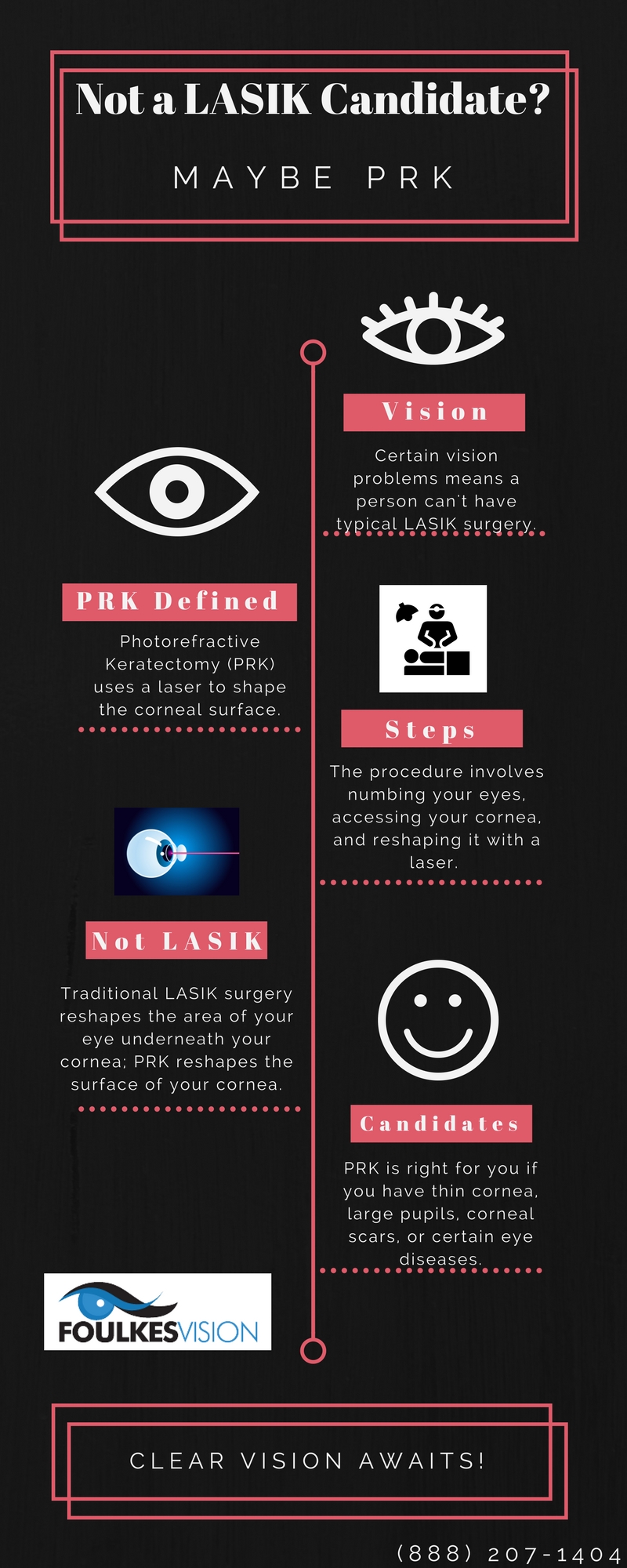A Comprehensive Exam Of Modern Cataract Surgery Techniques
A Comprehensive Exam Of Modern Cataract Surgery Techniques
Blog Article
Produced By-Brask Whitfield
As you explore the development of advanced cataract surgical treatment methods, you'll witness a trip marked by ingenuity and accuracy. From ancient methodologies that paved the way for modern-day innovations to sophisticated modern technologies that are transforming the field, the thorough review of cataract surgical treatment techniques is a testament to human development and dedication to enhancing individual end results. The elaborate interaction between historic strategies and advanced advancements develops an interesting story that clarifies the evolution of one of one of the most typical operations worldwide.
Historic Methods and Technologies
Discover exactly how very early surgeons reinvented cataract treatment by employing ingenious techniques and devices. In the past, cataract surgical procedure was a high-risk and painful procedure. However, old Indian doctors were among the initial to try surgical treatments for cataracts, using a strategy called 'formulating' where a sharp tool was used to press the cataract back right into the eye. This approach, though crude by today's criteria, prepared for future advancements in cataract surgery.
As time proceeded, Arab physicians made considerable payments by establishing specialized needles for cataract extraction. Laser Surgery Cost were used to pierce the cataract and then remove it from the eye, noting a substantial improvement in medical accuracy.
Later on, in the 18th century, the French cosmetic surgeon Jacques Daviel pioneered the technique of extracapsular cataract removal, where the whole lens was eliminated undamaged with a bigger incision. This noted a major innovation in cataract surgical treatment strategies, leading the way for the modern treatments we use today.
Modern Surgical Approaches
Early methods in cataract surgical treatment have advanced substantially, leading to the advancement of modern surgical methods that prioritize accuracy and improved client outcomes. go to this web-site includes a procedure called phacoemulsification, where an ultrasonic device breaks up the cataract for elimination via a tiny laceration. This strategy enables quicker healing and minimizes the risk of problems contrasted to older methods.
In addition, the use of advanced intraocular lenses (IOLs) has actually reinvented cataract surgical treatment results. These lenses can deal with not just the cataract but likewise other refractive errors like astigmatism, lowering the demand for glasses post-surgery.
Surgeons today additionally have accessibility to sophisticated imaging innovations that aid in precise preoperative preparation and intraoperative decision-making. Optical comprehensibility tomography (OCT) and other imaging techniques supply in-depth pictures of the eye's frameworks, enabling a more customized strategy to every person's surgical treatment. With Recommended Website , modern-day cataract surgical procedure methods continue to improve, offering clients much safer procedures and much better visual end results.
Arising Technologies in Cataract Surgical Procedure
With developments in innovation changing the area, cataract surgical procedure is witnessing the combination of ingenious techniques for improved individual end results. Arising innovations in cataract surgical procedure are reshaping the landscape of ocular procedures. One such development is femtosecond laser technology, which permits accurate corneal lacerations, capsulotomies, and lens fragmentation, resulting in improved medical accuracy and end results.
Additionally, intraoperative aberrometry is getting popularity, making it possible for real-time dimensions of refractive errors during surgical treatment to boost intraocular lens power computations and minimize postoperative refractive surprises.
In addition, the use of innovative imaging modern technologies like optical coherence tomography (OCT) and intraoperative wavefront aberrometry help cosmetic surgeons in precise surgical planning and implementation. These tools give comprehensive physiological info and assistance customize surgical approaches for each individual's unique eye characteristics.
Additionally, advancements in expert system are being explored to aid in preoperative preparation, intraoperative decision-making, and postoperative treatment, potentially optimizing medical results and person contentment. Embracing these arising technologies in cataract surgery holds pledge for further improving patient end results and guaranteeing the continued evolution of ophthalmic surgical methods.
Conclusion
As you trip via the history of cataract surgical procedure, you witness the transformation from ancient techniques to advanced technologies. Like a phoenix rising from the ashes, cataract surgery has evolved into a sign of hope and innovation.
Equally as a caterpillar emerges from its cocoon as an attractive butterfly, cataract surgical treatment has developed into a polished art type, offering individuals clearer vision and a brighter future.
The evolution continues, beaming a light on limitless opportunities.
